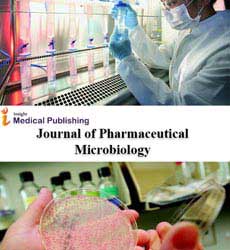Diabetes mellitus and oxidative stress-A concise review
Asmat Ullah
Department of Pharmacy, University of Swabi, Swabi, Pakistan
Received Date: 2022-06-11 | Accepted Date: 2022-06-18 | Published Date: 2022-06-27Abstract
Human body is continuously exposed to different types of agents that results in the pro duction of reactive species called as free radicals (ROS/RNS) which by the transfer of their free unpaired electron causes the oxidation of cellular machinery. In order to encounter the deleterious effects of such species, body has got endogenous antioxidant systems or it obtains exogenous antioxidants from diet that neutralizes such species and keeps the homeostasis of body. Any imbal ance between the RS and antioxidants leads to produce a condition known as ‘‘oxidative stress’’ that results in the development of pathological condition among which one is diabetes. Most of the studies reveal the inference of oxidative stress in diabetes pathogenesis by the alteration in enzy matic systems, lipid peroxidation, impaired Glutathione metabolism and decreased Vitamin C levels. Lipids, proteins, DNA damage, Glutathione, catalane and superoxide dismutase are various biomarkers of oxidative stress in diabetes mellitus. Oxidative stress induced complications of dia betes may include stroke, neuropathy, retinopathy and nephropathy. The basic aim of this review was to summarize the basics of oxidative stress in diabetes mellitus.
Open Access Journals
- Aquaculture & Veterinary Science
- Chemistry & Chemical Sciences
- Clinical Sciences
- Engineering
- General Science
- Genetics & Molecular Biology
- Health Care & Nursing
- Immunology & Microbiology
- Materials Science
- Mathematics & Physics
- Medical Sciences
- Neurology & Psychiatry
- Oncology & Cancer Science
- Pharmaceutical Sciences
